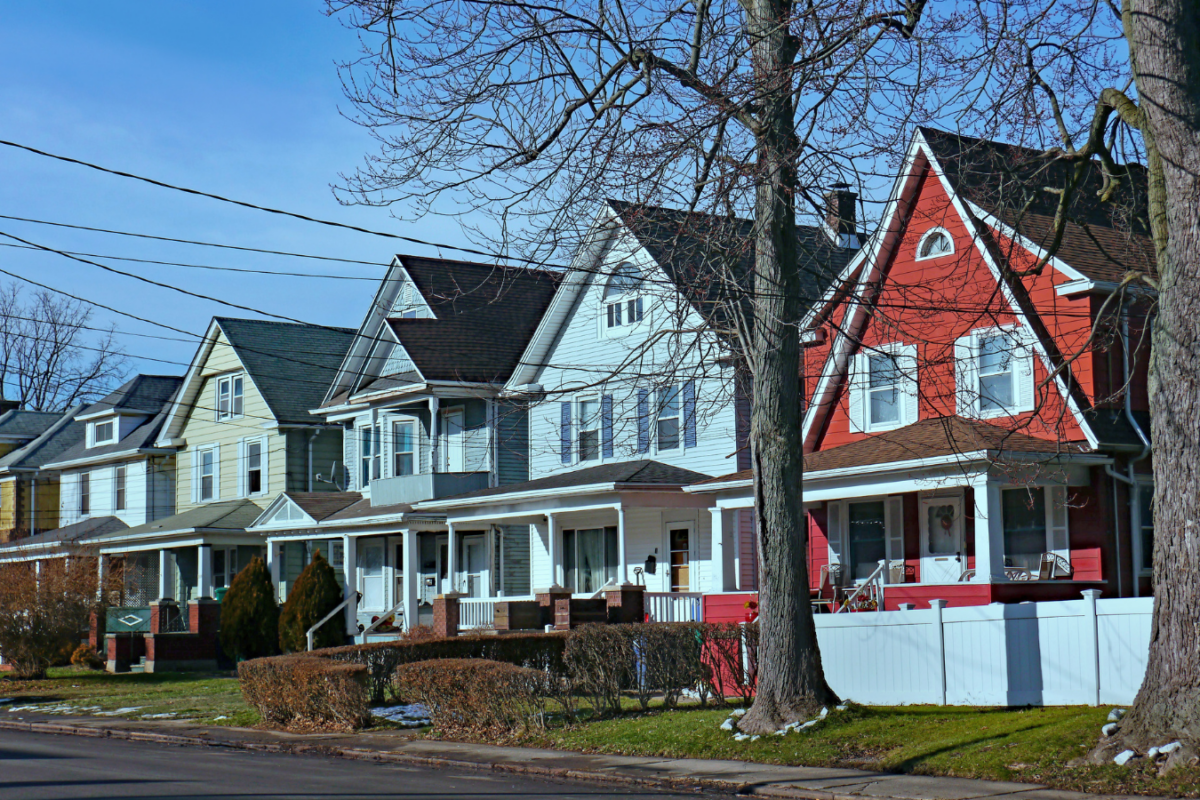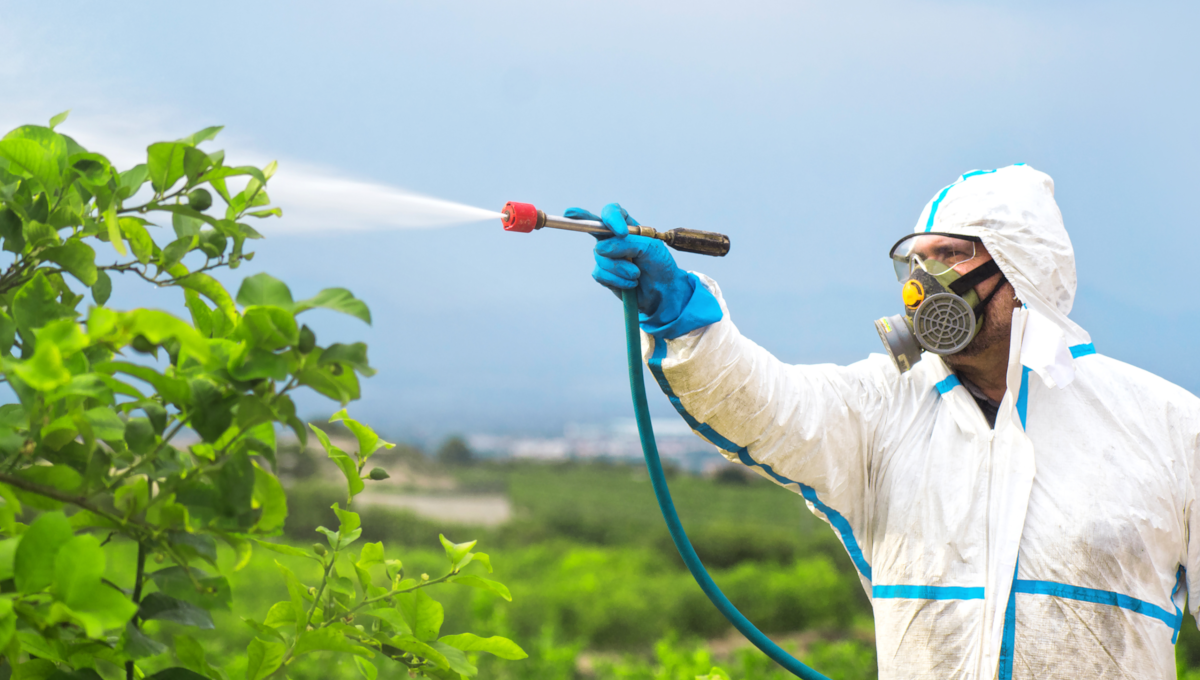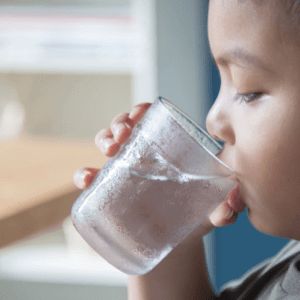Let’s Resolve to Reduce Our Plastic Use in the New Year
kristiet_a0o04rjz
on
December 14, 2021
Let’s Resolve to Reduce Our Plastic Use in the New Year
By Kathy Attar, Program Manager, Eco-Healthy Child Care®
January 2022
During the start of a new year, we often reflect on the months ahead and resolve to continue good practices, change undesired behaviors, or improve our overall well-being.
Why not choose to reduce your use of plastic in the home or child care setting?
Plastics are everywhere in our economy and each year more end up in our environment and landfills.
The EPA estimates that in 2018, only about 14% of plastic was recycled, which means that the other 86% either becomes litter, landfill or is burned for energy—and needs to be replaced with new virgin plastics next year.
Certain plastics contain chemicals that are harmful to human health even at low levels of exposure. Soft, flexible plastics are often made with chemicals called phthalates, and hard clear plastics are often made with a chemical called bisphenol-A (BPA). These ingredients can interfere with hormones (such as estrogen and testosterone) and may disrupt a child’s normal development and growth.
BPA and phthalates have been linked to cancer, diabetes, obesity, infertility, and behavioral problems. Polystyrene plastic products, including disposable dining-ware, foam, and packaging products, can expose children to styrene, a known neurotoxicant, and suspected carcinogen.
The full life-cycle of plastics from production-to use-to disposal is harmful to human health and the environment.
Most consumers aren’t aware that communities that live next door to plastic-producing factories are sickened from toxic chemicals such as benzene and formaldehyde emitted by these facilities. Black, Latinx, Indigenous, and low-income families are more likely to live in these fenceline neighborhoods.
What is the plastics-climate change-environmental justice connection?
The oil and gas industry is shifting from fossil fuels for energy and transportation to plastics. With dozens of new plastics manufacturing and recycling facilities in development, the U.S. plastics industry will produce more greenhouse gas emissions than coal-fired power plants by 2030. Ninety percent of the climate pollution from U.S. plastics plants occurs in just 18 communities that are mostly in the poorer parts of Texas and Louisiana.
What are the solutions to our plastics problem?
- We need more cities, campuses, and companies to set goals to achieve zero waste.
- We must require producers to take more responsibility for their products during their entire life cycle (production, use, and disposal).
- Banning single-use plastic items that are not easily recyclable would assist tremendously in reducing pollution and waste.
- As waste is reduced, we must ensure that all toxic waste is disposed of safely.
There are success stories--many college campuses are building systems to manage waste and prioritize reusables over disposable products.
What can the consumer do now?
Tell your governor to ban single-use plastic in your state. Use U.S. Pirg’s take action page to send a message to your governor.
In your home or child care:
- Replace paper napkins and towels with cloth napkins and towels that can be laundered and reused.
- Avoid using disposable plates, cups, and utensils/cutlery. Opt for glass, pyrex, or porcelain food and drink containers whenever possible. Stainless steel drinking containers are ok for use with water.
- Buy/sell used items; always check with the Consumer Product Safety Commission website for product recalls before purchasing used toys and equipment.
- To avoid excess packaging, buy staple food items in bulk and use your own reusable storage containers (i.e., glass jars).
- Use reusable bags for shopping; opt for cloth bags as they are sturdy and can be laundered.
Resolvamos reducir nuestro uso de plástico en el año nuevo
Durante el comienzo de un nuevo año, a menudo reflexionamos sobre los meses venideros y decidimos continuar con las buenas prácticas, cambiar los comportamientos no deseados o mejorar nuestro bienestar general.
¿Por qué no optar por reducir el uso de plástico en el hogar o en el entorno de cuidado infantil?
Los plásticos están en todas partes en nuestra economía y cada año más terminan en nuestro medio ambiente y vertederos.
La EPA calcula que en 2018, sólo alrededor del 14% del plástico fue reciclado, lo que significa que el otro 86% se convierte en basura, en vertederos o se quema para obtener energía, y que necesita ser reemplazado por nuevos plásticos vírgenes el próximo año.
Ciertos plásticos contienen sustancias químicas que son dañinas para la salud humana incluso en niveles bajos de exposición. Los plásticos blandos y flexibles a menudo se fabrican con productos químicos llamados ftalatos, y los plásticos duros y transparentes a menudo se fabrican con un químico llamado bisfenol-A (BPA). Estos ingredientes pueden interferir con las hormonas (como el estrógeno y la testosterona) y pueden alterar el desarrollo y crecimiento normal de los niños.
El BPA y los ftalatos se han relacionado con el cáncer, la diabetes, la obesidad, la infertilidad y los problemas de conducta. Los productos de plástico de poliestireno, incluidos los productos desechables de comedor, espuma y embalaje, pueden exponer a los niños al estireno, un neurotóxico conocido y la sospecha de carcinógeno.
El ciclo de vida completo de los plásticos, desde la producción hasta el uso y la eliminación, es perjudicial para la salud humana y el medio ambiente.
La mayoría de los consumidores no son conscientes de que las comunidades que viven al lado de las fábricas de plástico se enferman por los productos químicos tóxicos como el benceno y el formaldehído emitidos por estas instalaciones. Las familias negras, latinx, indígenas y de bajos ingresos tienen más probabilidades de vivir en estos vecindarios cercados.
¿Cuál es la conexión plástico-cambio climático-justicia ambiental?
La Industria del petróleo y el gas está pasando de los combustibles fósiles para la energía y el transporte a los plásticos. Con docenas de nuevas instalaciones de fabricación y reciclaje de plásticos en desarrollo, la industria estadounidense de plásticos producirá más emisiones de gases de efecto invernadero que las plantas de energía a carbón para 2030. El noventa por ciento de la contaminación climática de las plantas de plásticos estadounidenses ocurre en sólo 18 comunidades que se encuentran principalmente en las partes más pobres de Texas y Louisiana.
¿Cuáles son las soluciones a nuestro problema de plásticos?
- Necesitamos más ciudades, campus y empresas para establecer objetivos para lograr cero residuos.
- Debemos exigir a los productores que asuman más responsabilidad por sus productos durante todo su ciclo de vida (producción, uso y eliminación).
- Prohibir los artículos de plástico de un solo uso que no son fácilmente reciclables ayudaría enormemente a reducir la contaminación y los desechos.
- A medida que se reducen los desechos, debemos asegurarnos de que todos los desechos tóxicos se eliminen de manera segura.
Hay historias de éxito: muchos campus universitarios están construyendo sistemas para gestionar los desechos y priorizar los reutilizables sobre los productos desechables.
¿Qué puede hacer el consumidor ahora?
Dígale a su gobernador que prohíba el plástico de un solo uso en su estado. Utilice la página U.S. Pirg’s take action page (página de acción de U.S. Pirg) para enviar un mensaje a su gobernador.
En su hogar o en su entorno de cuidado infantil:
- Reemplace las servilletas de papel y las toallas por servilletas y toallas de tela que se puedan lavar y reutilizar.
- Evite el uso de platos, vasos y utensilios / cubiertos desechables. Siempre que sea posible, opte por recipientes para alimentos y bebidas de vidrio, pyrex o porcelana. Los recipientes para beber de acero inoxidable se pueden usar con agua.
- Comprar / vender artículos usados; siempre consulte con el sitio web del Consumer Product Safety Commission (Comisión de Seguridad de Productos del Consumidor) para conocer los retiros de productos antes de comprar juguetes y equipos usados.
- Para evitar el exceso de empaque, compre alimentos básicos a granel y use sus propios recipientes de almacenamiento reutilizables (es decir, frascos de vidrio).
- Utilice bolsas reutilizables para las compras; opte por bolsas de tela, ya que son resistentes y se pueden lavar.













